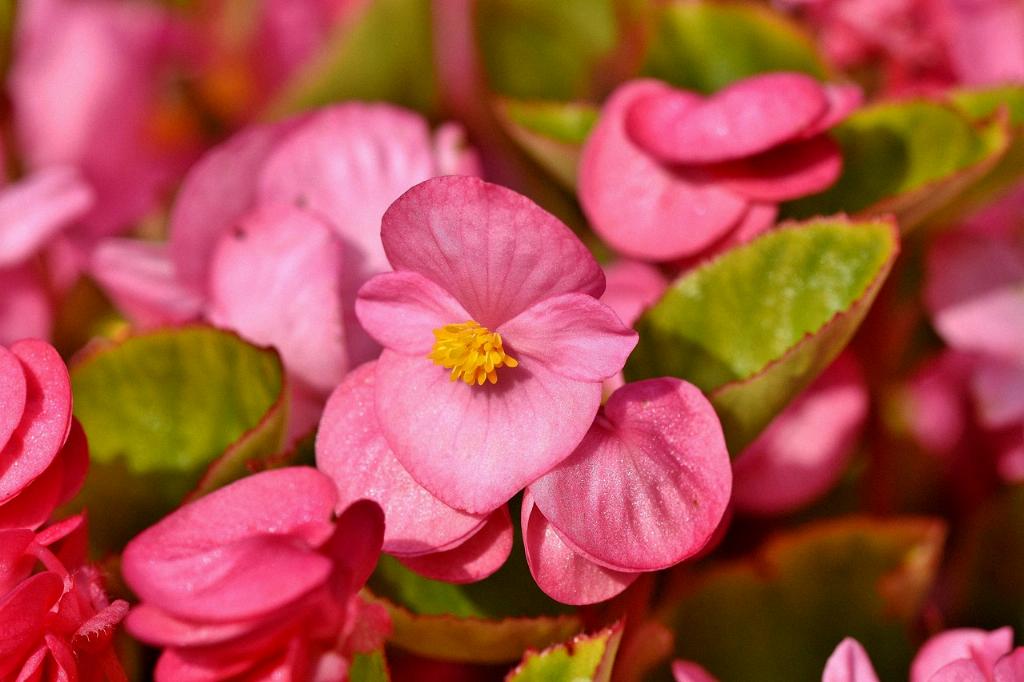So you have a love for beautiful flowers but don’t have the luxury of tending to a garden outside. Fear not! Indoor gardening is a fantastic solution that allows you to bring nature’s beauty right into your home. If you’re wondering whether you can grow begonias indoors, the answer is a resounding yes.
When it comes to indoor plant options, begonias are a popular choice for many plant enthusiasts. They come in various types, but fibrous and rhizomatous begonias are often the go-to varieties for indoor cultivation. These types are known for their striking leaves, making them a delightful addition to any indoor space.
While tuberous begonias boast breathtaking blossoms, they are better suited for outdoor growth due to their specific requirements. When it comes to indoor gardening, fibrous and rhizomatous begonias are generally easier to care for and maintain in an indoor setting.
To successfully grow begonias indoors, it’s essential to provide them with the right care. These plants thrive in bright, indirect light, so placing them near a window where they can receive ample sunlight without being exposed to direct rays is ideal. Additionally, maintaining a consistent temperature and humidity level will ensure their continued growth and vitality.
When it comes to watering begonias, it’s crucial to strike the right balance. Overwatering can lead to root rot, while underwatering can cause the plant to wilt and suffer. It’s best to water begonias when the top inch of soil feels dry to the touch, ensuring that excess water can drain out easily to prevent waterlogging.
Fertilizing your indoor begonias is also necessary to promote healthy growth and vibrant foliage. Choose a balanced, water-soluble fertilizer and apply it according to the package instructions. Feeding your begonias during the growing season will help them thrive and produce stunning leaves that will brighten up your indoor space.
One critical aspect of caring for indoor begonias is proper air circulation. While these plants love humidity, stagnant air can lead to issues like powdery mildew or mold. To avoid such problems, ensure good airflow around your begonias by opening windows or using a fan periodically to keep the air fresh and circulating.
As with any plant, pests can be a concern when growing begonias indoors. Keep an eye out for common pests like aphids, spider mites, or mealybugs, and take prompt action if you notice any signs of infestation. Regularly inspecting your plants and treating any pest issues promptly will help keep your begonias healthy and thriving.
When it comes to repotting begonias, it’s best to do so when the plant outgrows its current container or when you notice the roots becoming root-bound. Choose a slightly larger pot with good drainage to prevent waterlogging and provide your begonias with fresh potting mix to support their continued growth.
Pruning is another essential aspect of begonia care, especially for maintaining the plant’s shape and promoting new growth. Remove any dead or yellowing leaves, as well as spent flowers, to encourage the plant to focus its energy on producing new foliage and blooms.
In conclusion, growing begonias indoors can be a rewarding experience for any plant enthusiast. With the right care and attention to their specific needs, these stunning plants can thrive and bring joy with their beautiful leaves and occasional blooms. So go ahead, bring a touch of nature into your home with lovely begonias!

